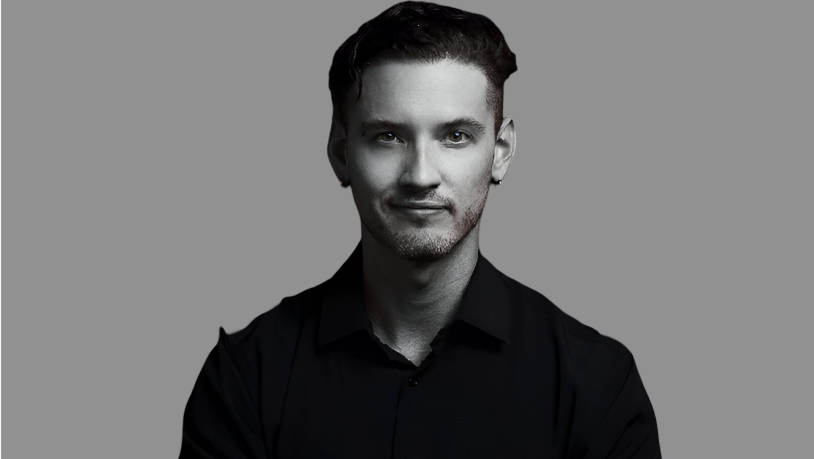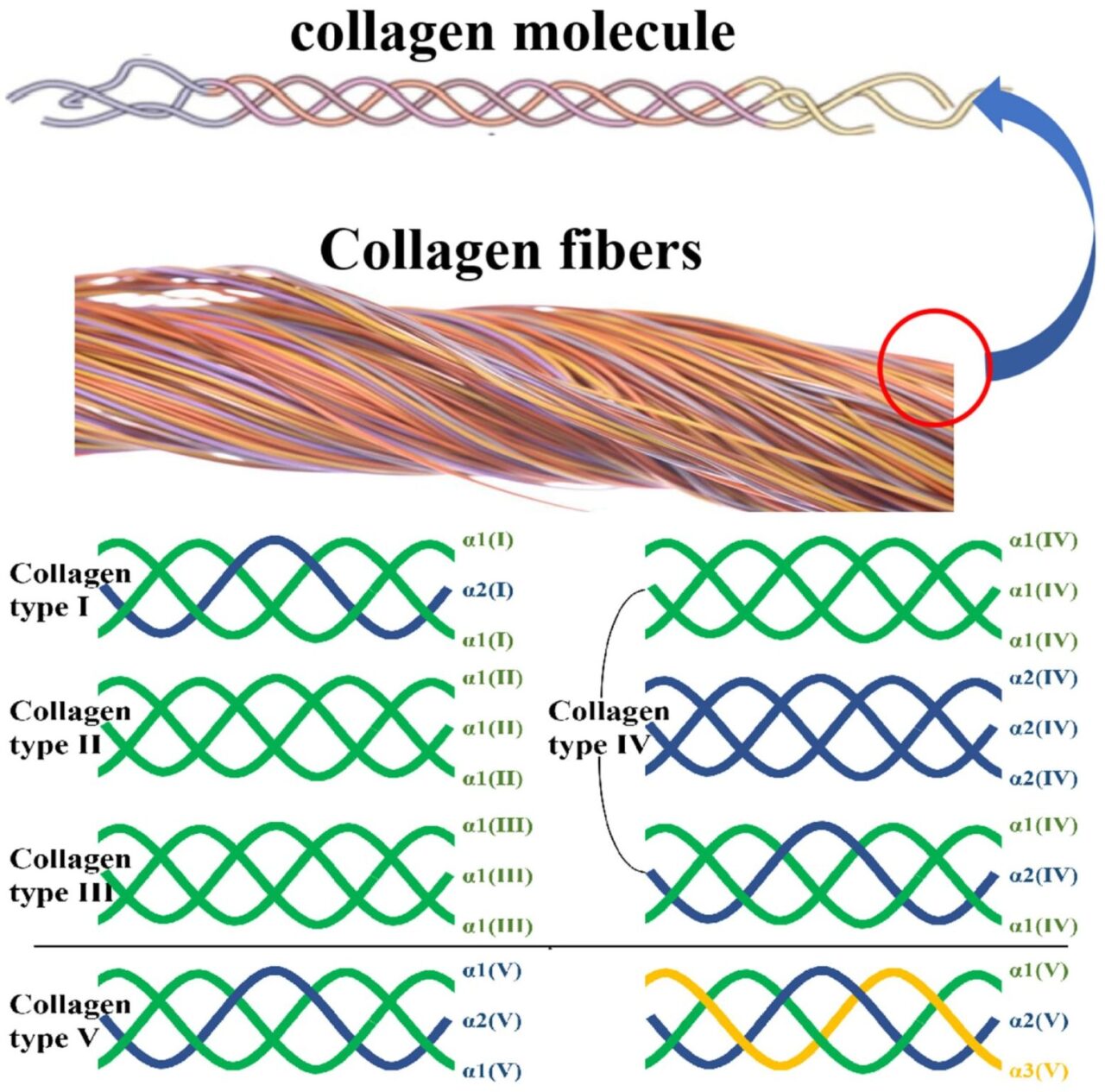
William Wallace/LinkedIn
Oct 23, 2025, 09:59
William Wallace: How Collagen Builds the Body’s Structural Framework
William Wallace, Director of Product Development and Scientific Affairs at ProHealth Longevity, shared a post on LinkedIn:
“How collagen builds the body’s structural framework
Collagen makes up nearly two-thirds of all the protein in the human body, acting as the biological scaffolding that gives skin, bone, cartilage, and connective tissue their strength and resilience. It’s not a single protein but a family of more than 30 types, each tailored to a specific tissue.
- From molecule to fiber
Every collagen molecule is a triple helix formed by three polypeptide chains (α-chains). Thousands of these helices bundle into fibrils, which then weave into collagen fibers—the cables that hold tissues together.
* Example: In tendons and ligaments, tightly packed type I collagen fibers resist stretching while still allowing flexibility under load. - Collagen type I — the dominant form
Type I collagen accounts for ≈90 % of the collagen in skin, ≈80 % of that in bone, and the majority in tendons and ligaments. It’s built from two α1(I) chains and one α2(I) chain, creating the strongest fibrillar form.
* Example: Its dense crosslinking provides tensile strength to the dermis and structural rigidity to bones. - Collagen type II — cartilage and joints
Type II collagen consists of three identical α1(II) chains and forms a fine mesh that cushions and stabilizes joints.
* Example: It’s the main structural protein of articular cartilage, giving flexibility while resisting compression. - Collagen type III and V — elasticity and regulation
Type III (three α1(III) chains) supports pliability in skin, blood vessels, and organs, often pairing with type I. Type V helps control fiber diameter and collagen organization, especially in the cornea, placenta, and skin.
* Example: Type III is abundant in arteries, allowing them to expand and recoil with blood flow. - Collagen type IV — the structural mesh
Type IV forms a non-fibrillar network in basement membranes, anchoring cells and filtering molecules in tissues like the kidney glomerulus and alveoli.
* Example: Its flexible lattice supports epithelial and endothelial layers without sacrificing permeability. - Nutrient support and stability
Vitamin C, copper, zinc, and iron are critical for hydroxylation and crosslinking reactions that stabilize collagen helices.
* Example: In vitamin C deficiency (scurvy), defective crosslinking leads to fragile skin, bleeding gums, and impaired wound healing.
From molecular helices to visible fibers, collagen’s hierarchy explains its dominance in the human body—it’s the primary structural protein that unites strength, flexibility, and repair across every organ system.”

Stay updated with Hemostasis Today.
-
Nov 3, 2025, 08:23The 1st Participant in A New CHECK-NIRS Clinical Study is Enrolled!
-
Nov 3, 2025, 08:15Bert van Meurs Shares the New Late-breaking Results from the iMODERN Trial
-
Nov 3, 2025, 07:10Lisa Shea Shares Key Takeaways from NORD Summit 2025
-
Nov 3, 2025, 06:49Darshan Doshi on Results of iMODERN and ILIAS ANOCA Studies Presented at TCT 2025
-
Nov 2, 2025, 14:172019 ESC/EAS Guidelines for the Management of Dyslipidaemias Discussion with Lale Tokgözoğlu and Jeanine Roeters van Lennep
-
Nov 3, 2025, 09:13Claudio Carrubba on How Timing Truly Matters in Trauma Embolization
-
Nov 3, 2025, 08:46Rachel Lamerton and Colleagues on Activation of Platelets in Flow Cytometry
-
Nov 3, 2025, 04:56Nirupama Ramadas and Erica Sparkenbaugh on Thromboinflammation in SCD
-
Nov 2, 2025, 14:21Claude Franceschi: I Advise You to Understand the Hemodynamic Pathophysiology of Venous Diseases Rather than Blindly Applying Ablation Techniques or Venous Stent Placement
-
Nov 2, 2025, 14:15Krishna Aragam: Why are (DCM) and Heart Failure About Twice as Common in Individuals of Self-Identified Black Race?
-
Oct 29, 2025, 07:31The Use of Artificial Intelligence to Improve Detection of Acute Incidental Pulmonary Emboli - JTH
-
Oct 29, 2025, 07:05Shrinidhi Nathany: AI in Diagnostic Medicine
-
Oct 28, 2025, 07:02Aya Berman: AI Model for Predicting Bacteremia
-
Oct 28, 2025, 06:55The New Era of Genomics, AI and Cell Therapy in Hematology and Infectious Diseases
-
Oct 28, 2025, 06:49Lukas Gaats: Researchers Are Building Reproductive Organoids
-
Nov 3, 2025, 09:24Stephen Cornelissen: It’s Not Just About Emergencies — It’s About Everyday Care, Chronic Conditions and Hope
-
Nov 3, 2025, 06:57Maria Elisa Mancuso Reflects on 2025 Annual Congress of the Italian Association of Hemophilia Centres
-
Nov 3, 2025, 05:46Chandra Viswanathan: When Blood Safety Fails, We All Bleed - A Call for Reform and Responsibility
-
Nov 2, 2025, 14:17Anamaria B: Your Mother Still Runs Part of Your DNA
-
Nov 2, 2025, 10:57Paul Bolaji on Launching The First Centralised Nigerian National Stroke Registry
Nov 3, 2025, 09:13
Nov 3, 2025, 08:23
Nov 3, 2025, 07:10
Nov 3, 2025, 04:56
